Just doing a simple bump_map operation in python GIMP. But the result has color banding!
import os, glob, sys, time
from gimpfu import *
image = pdb.gimp_file_load(img_path, img_path, run_mode=RUN_NONINTERACTIVE)
gray = pdb.gimp_file_load(gray_path, gray_path, run_mode=RUN_NONINTERACTIVE)
pdb.plug_in_bump_map(image, image.active_layer, gray.active_layer,
135.0, 20.00, 30, 0, 0, 0.0, 0.0, 1, 0, 0)
pdb.file_png_save_defaults(image, image.active_layer, out_path, out_path)
If I remove the "plug_in_bump_map" operation, there is no color banding in my final result saved. If I apply a gaussian blur to the grayscale image, the color banding disappears in the final result, but leaves an undesirable blurriness, what should I do? All images are PNG.









